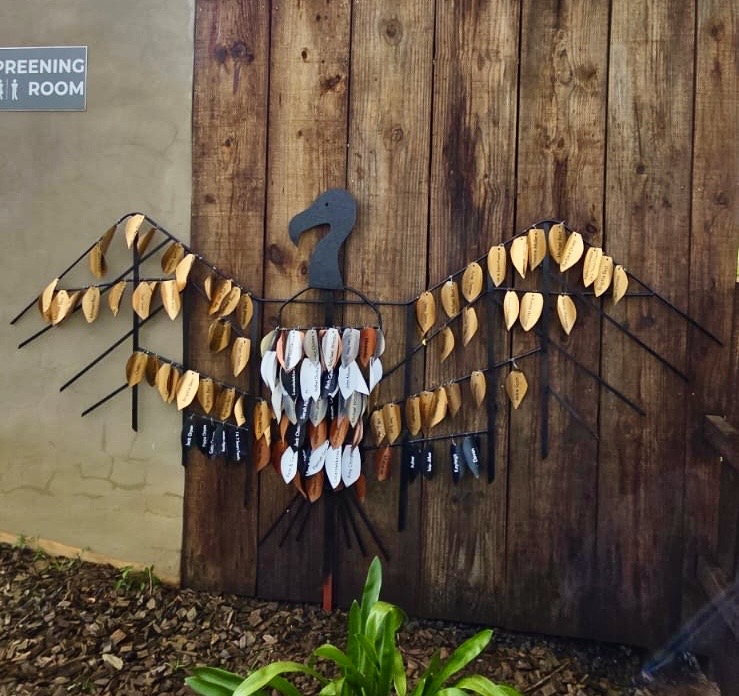Dung beetles are coprophagous insects and eat the faeces/dung of other animals. Coprophagia is the act of eating faeces, better known as poo, droppings or dung.There are various animals which practice coprophagia, one the most well known being rabbits. In the case of dung beetles, herbivore droppings provide a nutritional meal as they contain a large amount of undigested plant matter. Here on the Zululand Rhino Reserve in South Africa the wildlife volunteers and I have a great time watching what these little creatures get up to.

Not all dung beetle species roll dung into dung balls, however dung beetles that do, do this with the aim of food storage for themselves or feeding their young. In the latter case two dung beetles, a male and female, will be seen on the dung ball (usually with the female on top hitch-hiking).

Dung beetles are one of the few insects that practice parental care. A dung beetle’s nest is well stocked with dung so that each larvae (dung beetle baby) has a good supply of food. What's even more fascinating is that although child care is most often left to the female, some species of dung beetles share parental duties with both parents working together to dig their nests.Quite often, when watching dung beetles, they will “dance” on top of their dung balls in order to get their bearings before continuing to roll their dung balls. Researchers have confirmed that one species of African dung beetle use the Milky Way to navigate.Male dung beetles are exceptionally strong, they need this strength to move the dung balls which often weigh more than 50 times the weight of the dung beetle. They also need this strength to fight off male competitors. If you have ever witnessed one of these stand offs it is amazing to see how far one dung beetle can launch another with its legs.Although these marvellous creatures are quite small, they are just as fascinating as any of the big five that draw crowds from miles around.

Text & Photos by Zoë Luhdo





.jpg)




(1).avif)
.avif)